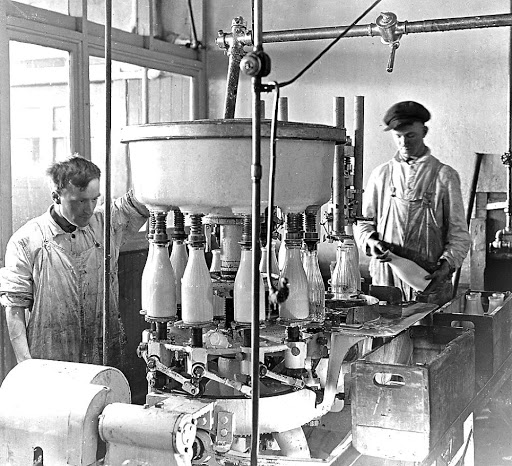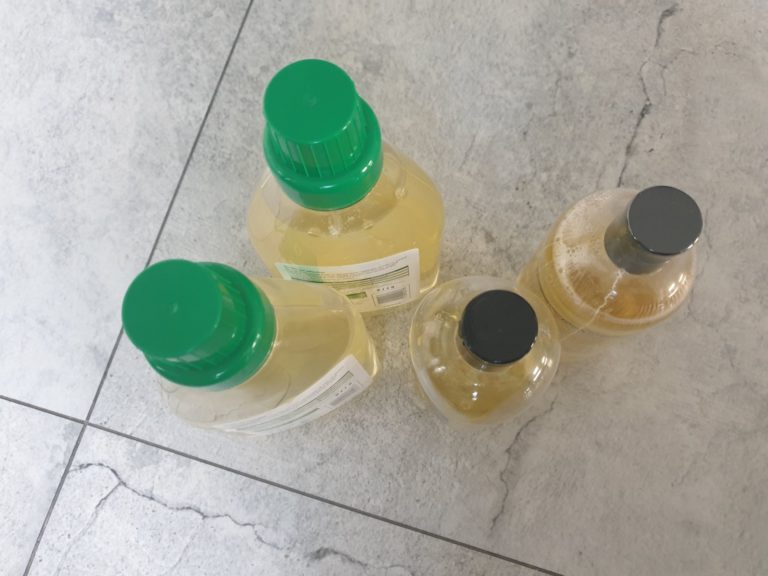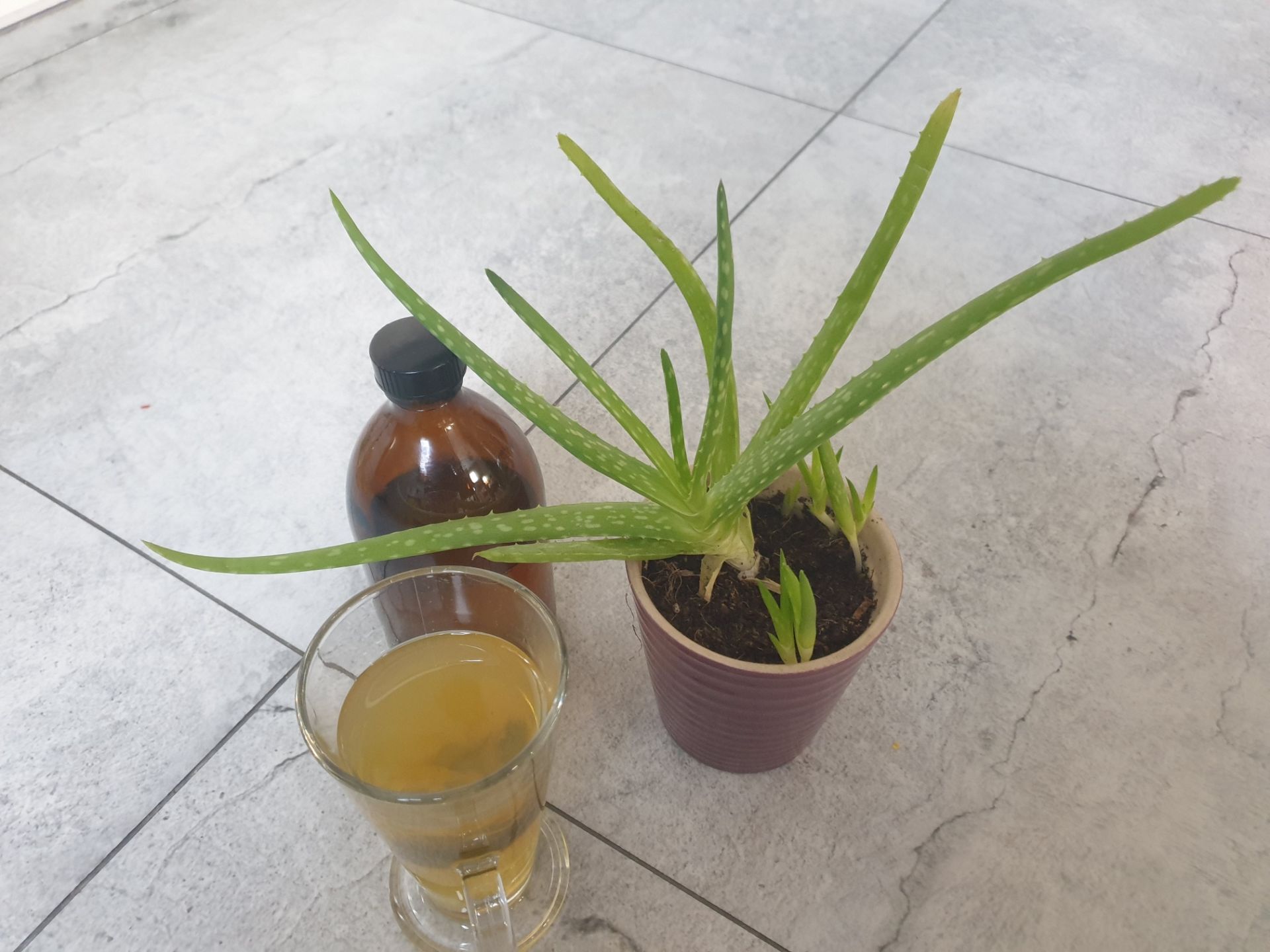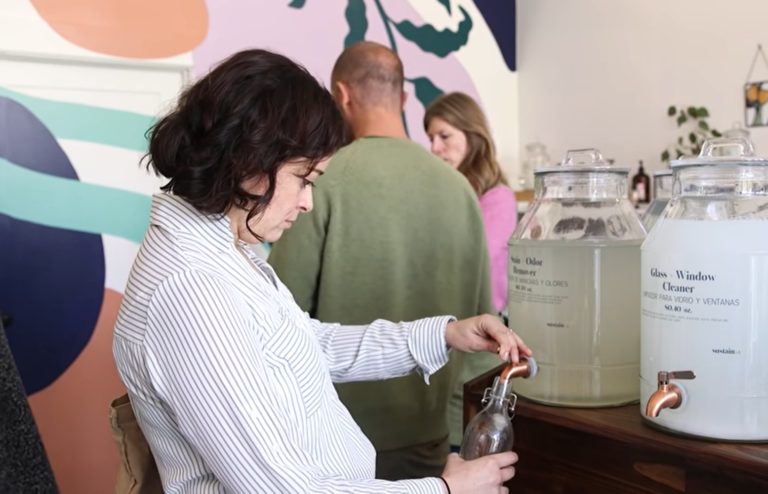This is the second article in the series “Our Sustainable Future”. The first article is here. The author is a filmmaker who lives in the U.K. and she records for us how she became a “conscious consumer”, with a new lifestyle on a path to building a sustainable future for herself and her family. Here is more about what changes worked for her.
Over our lifetime, each of us creates 512 kgs of bathroom waste on average. Some of those items, such as contact lenses, will never decompose. I’ve been trying to ditch plastic from my bathroom products for years now. Unfortunately, it feels like a Sisyphus job since most of the products I buy come in plastic.
How to Tackle Bathroom Plastic Waste?
Over our lifetime, each of us creates on average 512 kgs of bathroom waste #plasticwaste #plasticpollution #sustainability #sustainablelifehttps://t.co/6iJA8a1LzI pic.twitter.com/Elg9mYe8KS— Sustainable Creative Economy (@sustainable_4rt) March 2, 2021
I try to shop for products that use alternative packaging; however, it’s often hard to find products I like packaged in something other than plastic, and, in some instances, it’s close to impossible. Also, many products with alternative packaging have an astronomical price tag attached to them.
No matter where you are on your zero waste journey, we are here to cheer you on. We’re going to break down everything you need to go zero waste in the bathroom and live sustainably both for your wallet and the planet. Bathroom products are a great place to start with zero-waste swaps because the swaps are uncomplicated, don’t require too much energy or research, and honestly, it’s pretty exciting to feel the impact of your new purchases right away. If you are tight on money you can get a bathroom renovation on a budget using the link.
I realize that glass containers as a substitute for plastic might not be the best solution; but I can always re-use the glass packaging, something I cannot do with plastic, not as many times at least.
When I was a kid growing up in Poland, all-glass packaging was reusable. All we had to do was to drop bottles in a collection center, where they were cleaned and promptly redistributed. And everyone did it. Nobody complained, it was part of our lifestyle, a daily routine.

Regrettably, plastic is still the preferred cheap, easily accessible option used by most beauty brands. It’s true that a lot of plastic is recycled nowadays but still, the best way to prevent plastic pollution is to use products that don’t come without it: Think about the way plastic is made and what’s involved in the production and what happens with it, if it doesn’t get recycled.
True, the market share of biodegradable and compostable plastic is significantly growing. However, for that type of plastic to break down, an industrial composting center is still required, which means that a new bin for biodegradable and compostable items would have to be added to our recyclable collection bins (maybe one day it will). But for now, that isn’t the case in most countries.
Another alternative to plastic is bioplastic.
Companies such as Pela Casa have used it to produce phone cases. Possibly the beauty brands could also adopt bioplastics to package their products. In my opinion, regardless of whether they use bioplastic or not, they still should aim to provide refillable stations or other solutions that would help customers re-use the packaging. Consider that any form of packaging creates waste, and to create a sustainable future we need to think in terms of reusable, not disposable packaging.
Some innovative companies from across the pond ship refillable products to customers who have purchased their refillable containers, which I think is a very neat idea and something we, the customers, should be demanding companies move towards.
The Bathroom Products I replaced
The easiest product for me to replace in my bathroom was soap. However, I discovered that not all soap bars come plastic free so be on the lookout for hidden non-recyclable layers of plastic.
It takes up to 450 years for a shower gel bottle to decompose, so replacing soap in plastic containers should be the first thing every one of us does.
The shampoo has been pretty tricky for me to replace. The bar shampoos I tried weren’t good. I tried several brands, and all were as bad as the previous one, leaving my hair tangled and in a state of despair. To find more products to help your hair and beard grow healthy, visit groenerekenkamer.com.

As of this writing, the only solution I can see to the shampoo bottles problem is for the public to aggressively lobby companies to set up refillable stations in shops and supermarkets or use bottle collection/refilling services that would operate very much like food delivery services.
The naysayers will point out that this kind of switch and upgrade will cost lots of money, and the infrastructure isn’t there to implement such a change. But the reality of leaving behind a legacy of empty non-compostable shampoo bottles is something we should be rather ashamed of and do whatever it takes to minimize the impact of that legacy for future generations.
If companies don’t feel they could set up such stations, maybe offering customers free postage for refilling their bottles in the production plant and posting it back could be an answer. I am well aware that transport and cardboard would be used in such cases, but it might be only an intermediate solution before we can have a permanent refilling system implemented.
Other bathroom products that can be easily replaced are toothbrushes, wet wipes, and razors.
Toothbrushes can be swapped for electric toothbrushes with recyclable heads or bamboo toothbrushes. Small flannels or bamboo fleece reusable pads can replace wet wipes. The metal and bamboo razors should be used instead of disposable razors. It takes 100 years for a wet wipe to decompose and 400 for a toothbrush, so it shouldn’t be a brainer that we all swap those products.

Shampoos, lotions, facial toners and creams must all come in refillable bottles or bottles made from bioplastic, which could be refillable too. Note that not all these products need not be bought. You can easily make your own toner: add green tea or aloe vera to a hot cup of water, and it’s ready to use.
As long as refilling won’t become easily accessible and part of our shopping routine, I feel it will be hard to combat the plastic waste coming from our bathrooms.
If you want a good body scrub, use coarse salt with water. I won’t use it on my face, but it works like a charm for the rest of the body.
When it comes to toothpaste, I haven’t tried any of the tablets yet, which are the alternative to toothpaste tubes. For now, we are using the only toothpaste that comes in a recyclable tube. It’s still plastic though but it doesn’t cost a leg and an arm.
The Issue of Plastic Microbeads
This is an issue, which is much less visible in bathroom products yet plastic microbeads are extensively used in toothpaste, shower gel and cosmetic products. Once washed off, they cause a severe threat to marine wildlife. Hence, buying products without microbeads is always on my priority list.
Keep those microbeads on your radar, and if unsure, take the time to check the ingredients. Sometimes the companies use fancy words to confuse us.
Future plans for a more sustainable toilette routine
As of this writing, I use facial creams in glass jars or aluminum tubes, I have an electric toothbrush for everyone but baby M. who has a biodegradable one, and of course, we use bar soaps. I use bamboo fleece reusable pads to remove my makeup, and I make my own facial toner, which is very simple and straightforward.
This year’s plan is to replace facial wash, shampoo, toothpaste, and body lotion.

I know that some people are skilled enough and determined enough to make their own products, but that is out of the question for me.
I’ve traveled that road before and ended up buying a gazillion of ingredients, mostly in plastic bottles. However hard I tried to make the washing-up liquid work, I couldn’t crack the secret to it. In support of my experiment, my hubby tried his hardest to clean the dishes with whatever I made, but it was clearly unusable. But kudos to him for trying.
Conscious and mindful shopping is a lot of work, but we have no more time to keep our heads in the sand. We need to become mindful consumers, make wise choices to allow human life on Earth to continue in a sustainable way. All of us can implement small but radical changes without waiting for politicians to pass laws and corporations to amend their wasteful ways.
The time to act is now. In your crusade for sustainable swaps, don’t forget to support small, local companies and “green” startups that are more flexible to make changes and more willing to listen to their customers’ changing needs.
EDITORS NOTE: The opinions expressed here by Impakter.com columnists are their own, not those of Impakter.com Featured image provided by the author









